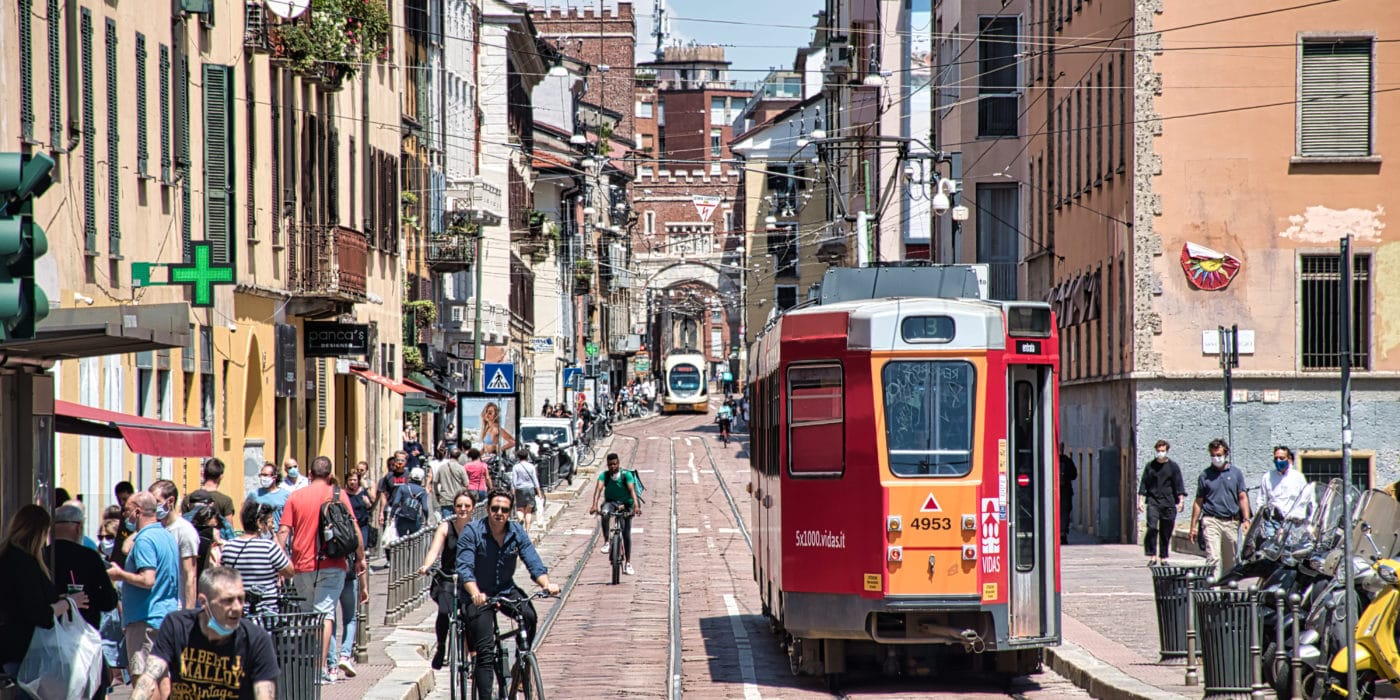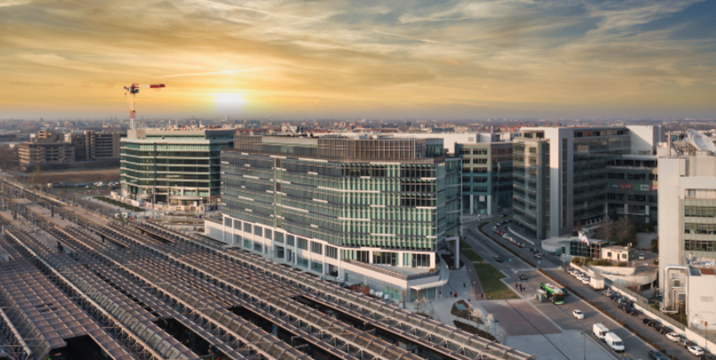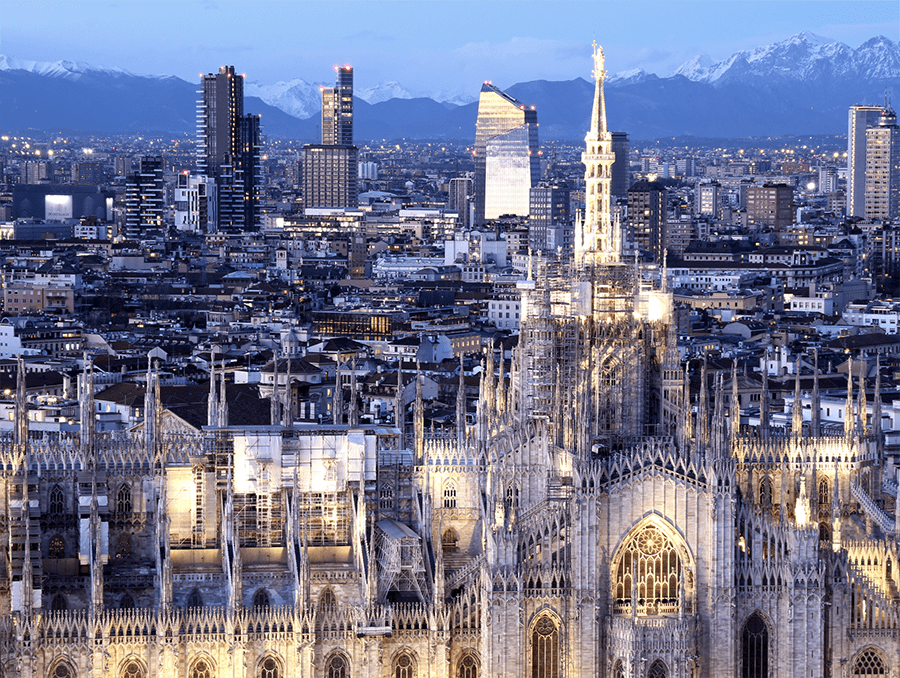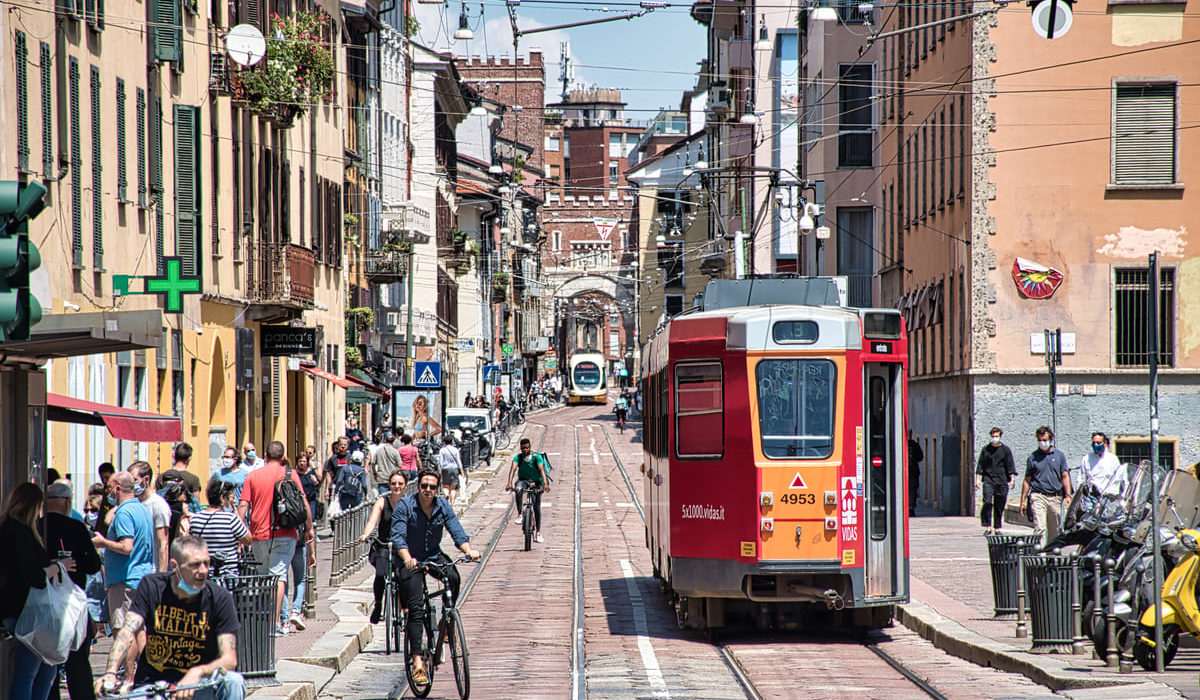Milan’s Next Cultural Powerhouse: Scirocco Hub Signals Urban Renaissance
In a bold move set to redefine Milan’s cultural landscape, Lendlease and Mare culturale urbano have joined forces to birth Scirocco, a cutting-edge cultural hub in the burgeoning Milano Santa Giulia district, reports Il Sole 24 Ore. This 500-square-meter hybrid space, nestled within the Spark Business District, represents a fusion of art, commerce, and community engagement.
Positioned strategically in the Spark 3 building, Scirocco aims to become a vibrant nexus for cultural, musical, and sporting events, accessible to all Milanese citizens. Andrea Capaldi, the visionary co-founder and artistic director of Mare culturale urbano, envisions Scirocco as more than just a venue. “We’re creating a social and cultural beacon,” Capaldi asserts, “a space that will resonate with both current residents and future inhabitants of this evolving neighborhood.”
This innovative project is a cornerstone of Lendlease’s ambitious urban regeneration initiative for Milano Santa Giulia. Spanning over one million square meters, this development is poised to become one of Italy’s most significant urban renewal endeavors. At its heart lies a sprawling urban park, surrounded by a carefully curated mix of public amenities and services tailored for both individuals and businesses. Claudia Imparato, head of fund & asset management at Lendlease Italy, exudes confidence about the partnership’s potential. “Scirocco transcends the conventional notion of an artistic or retail space,” Imparato explains.
“It’s engineered to be a catalyst for social cohesion and inclusivity, fundamentally reshaping the neighborhood’s DNA.” Industry insiders view Scirocco as merely the opening salvo in a series of transformative projects slated for Milano Santa Giulia. This district is on track to emerge as a dynamic new hub in Milan’s southeastern quadrant, challenging traditional urban living paradigms and setting new benchmarks for city development. As Milan continues to cement its status as a global design and fashion capital, projects like Scirocco underscore the city’s commitment to cultural innovation and community-centric urban planning. It’s a clear signal that Milano is not just preserving its rich heritage, but boldly reimagining its future.
Source: Il Sole 24 Ore








